Chobi Mela X: 2 decades of “persistence”
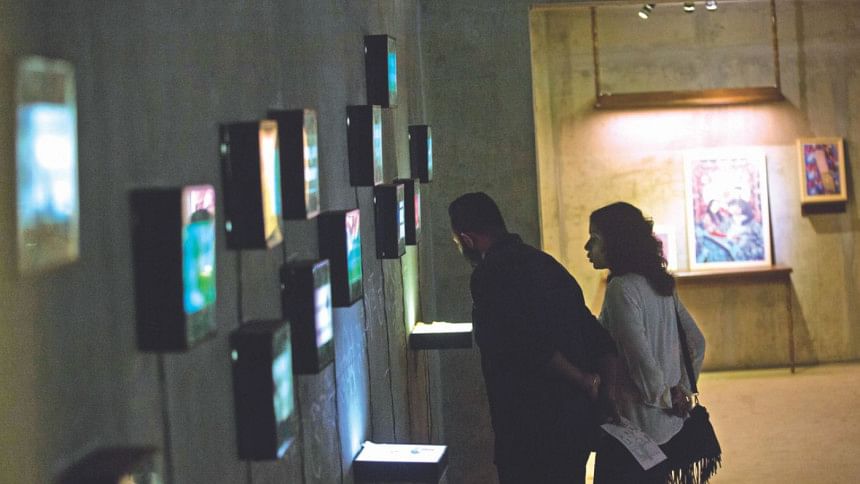
1.
20 years of anything is a rather big affair. The 10th edition of Chobi Mela has just wrapped up. Here I look to the people who put it together year after year, and the matters that pushed its presence among us through the crevices of this gridlocked city. Bangladesh is a spectacle of interest in global affairs: be it for the incumbent government's liking for neoliberal modernisation and its distaste for opposing views, for the tensions in the country's labour market, or for the crises of climate, environment and refugees. And while many gazes peek at us, here's a deliberate arrangement of visualisations for the world to see. A deliberate exercise of agency (/agencies) by artists, curators, and thinkers to reexamine what we choose to see and to what end.
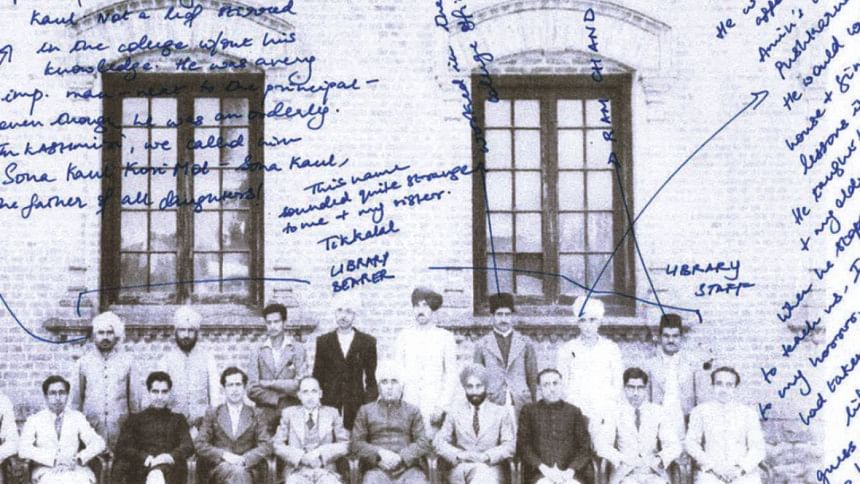
2.
Right off the bat, there are things about this edition of CM that one cannot ignore.
On August 5, 2018, Shahidul Alam was arrested during the student-led movement for safe roads, for "spreading disinformation and inciting violence", as Gowher Rizvi stated recently. Alam was imprisoned for 107 days before being granted bail, and the charges filed against him under Section 57 of the Information and Communication Technology (ICT) Act still stand. His arrest took place in the midst of the preparations for CMX. The team was uncertain whether the festival would still take place at the proposed timeline. After his release, CM was announced to open on February 28, postponed from the original dates only by a few weeks. The Ministry of Cultural Affairs was not officially announced as a patron this time; Bangladesh Shilpakala Academy, the country's national centre for the arts and culture, was not one of the venues, as it had been previously. Given the press for time and budget, all the venues were kept within Dhanmondi, and Old Town was no longer engaged in the programme. Less than 24 hours before Arundhati Roy's scheduled talk for the fest, the organisers were forced by the police to move from the venue in spite of having attained due permissions.
It only makes sense that James Estrin's piece for The New York Times' Lens quotes Alam calling CMX "an act of defiance, an act of resistance."
However, Tanzim Wahab, one of the curators of CMX, is quick to remind me that the third edition of CM was centred on the theme "Resistance", and that this is not new to CM.
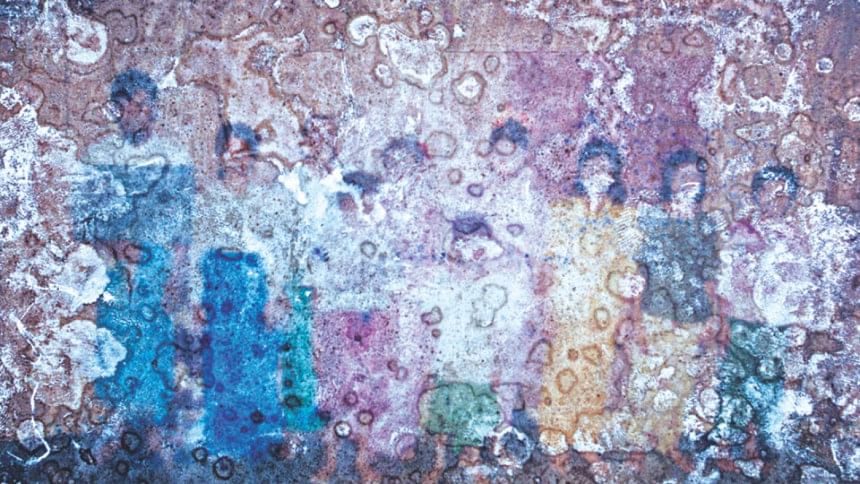
"I would rather replace the word 'resistance' with 'persistence,'" he says. He borrows the word from the Archives of Persistence presented in this edition, in which four different projects on the conflicts of Palestine, Kashmir, Myanmar, and Bangladesh's RMG workers are brought together for a "conversation around the agency of photographs."
Sarker Protick, another curator for the event, reminds me that it was decided while Alam was still in jail that CMX would still take place, "just as Drik and Pathshala kept continuing their work."
"The story is not about a single person; the story is about a single person shaping a community so that it continues when the person is absent," says Wahab.
The curators, who are both notable alumni of Pathshala, also emphasise their need to persist because they do not see themselves in a position where they can refuse to engage with the state. The institute's undergraduate and post-graduate programmes are now affiliated with the University of Dhaka, and as we sit in the under-construction building for this conversation, Wahab is "critically hopeful" for what is to come for the community.
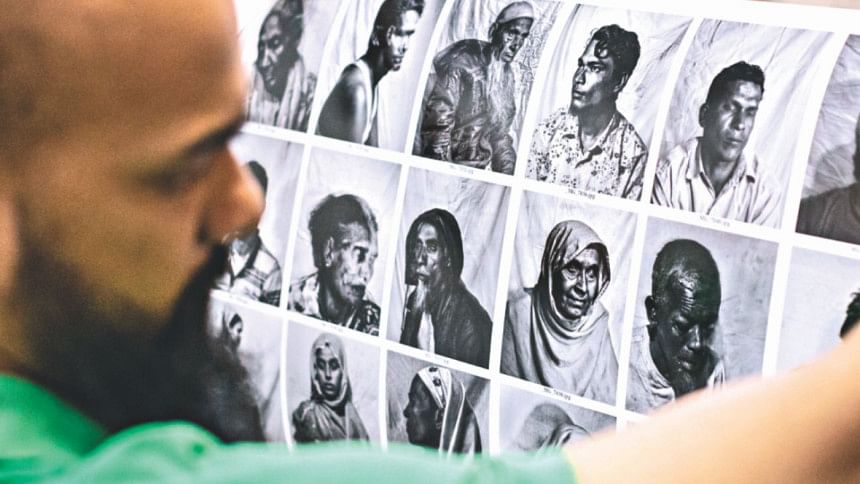
3.
Naeem Mohaiemen's project "What was Chobi Mela and what happens next" was one of the exhibits set up at Gyantapas Abdur Razzaq Bidyapeeth this time. A linear timeline of CM over the decades, it starts from 1989, when Shahidul Alam set up Drik Picture Library. He has been vocal over the years about the need to recentre the "object's" role in the process of image-making and the power of the photographer in opening conversations about agency. Much of that politics has driven Alam's work from the early years. Pathshala South Asian Media Institute was established for photography and digital media, and a school is perhaps the prime breeding ground that one build in a lifetime for generations to be reoriented.
But his work cannot simply be his own when it has been about the politics of people and nurtured by a sense of community. Over the next three decades, we see how numerous other events enter into dialogues with his initiatives from different directions. The internet was launched and digitisation rapidly made its way into our sociocultural spheres; initiatives of contemporary arts were set up in the region by various schools and corporations. And what Drik-Pathshala-Alam set out to do could no longer be kept confined within their own practices, as the community's orientations found many currents to flow with. Mohaiemen's CM timeline acknowledges these developments over the years. After all, CM is not just an isolated staging that takes place once every two years—it's a social phenomenon.
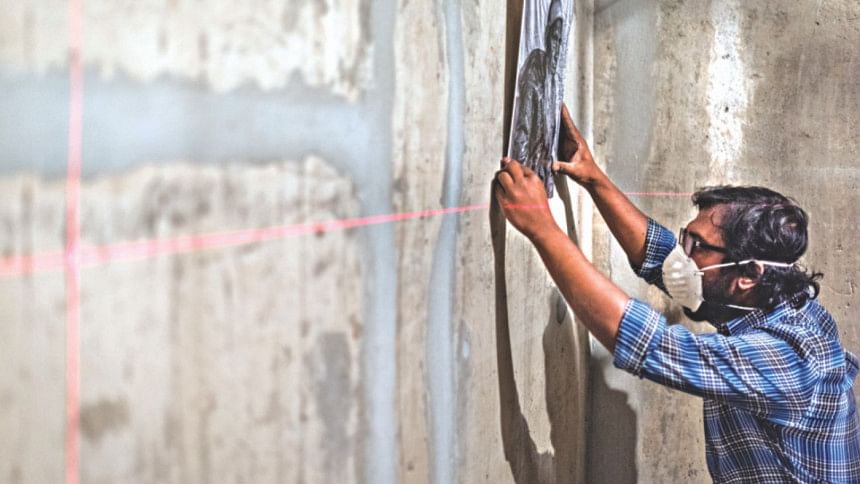
Over the years, the idea of the chobi has been de-and-re-constructed by the festival. What we see is not so much about the stillness of what was captured in a frame anymore; it is also about how that frame can move within and out of us, as new media and curatorial methodologies arise.
This phenomenon has had many trajectories that Mohaiemen's project cannot possibly encompass. But when CMX opened on February 28, it was hot news for recent events surrounding Alam. In the heat of the current political climate and the urgency with which CMX was pulled together after Alam's release, the dramatics surrounding it has a lot to do about what is happening 'now'.
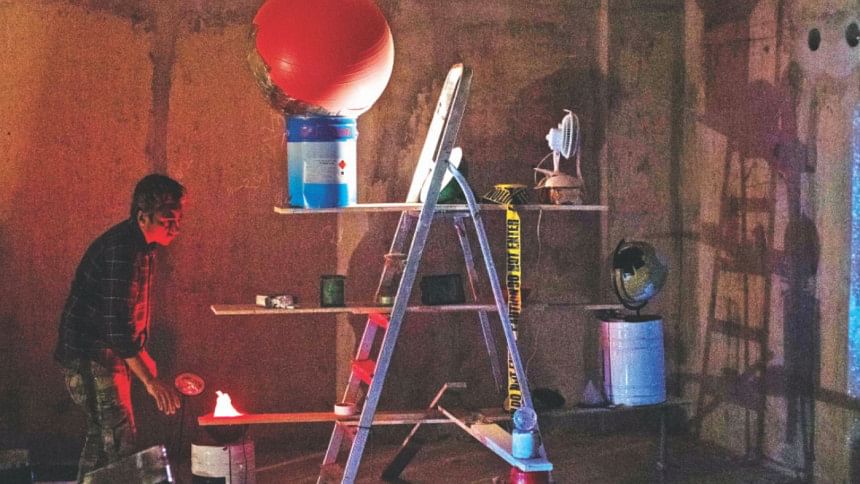
4.
To many, CMX looks like it has been 'scaled down' from what Estrin once also called "perhaps the world's most demographically inclusive festival." The festival may have 'shrunk' within Dhanmondi's bellies; but it has also featured 33 exhibitions with works from 44 artists spanning 21 countries, 13 new fellows sprawled across two entire basement storeys, a record number of guest curators, and new additions of film screenings and curated projections.
This edition deals with the struggles of historical rhetorics in a world where wars and conflicts are affairs of global politics. Works such as those of Omar Imam, Issa Touma, Gauri Gill, and the "Archives of Persistence" all deal with conflicts that are not necessarily "recent" events, but are instrumental in how histories are told today and by whom. Mustafa Zaman's work reflects on "a moment for truth to arrive", and Arundhati Roy managed to still speak to an audience packed in 7,580 sq. ft. of floor space about the rage and dissent of the people for their rivers and valleys. So many references to "truth-telling", at a time when Alam just filed his petition to challenge the state's case against him for spreading "disinformation."
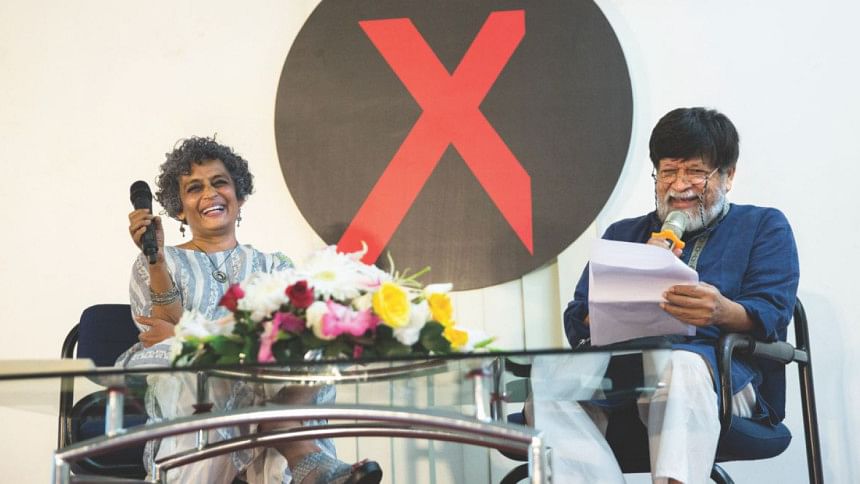
Beyond Alam's own troubles though, why is CM so concerned with truths?
"For any sort of festival, time and space need to be reflected. [Otherwise] we have to pay for the price of silence. This might be one of the very few places that tries to negotiate with silence, and see how can you still be vocal and relevant," says Wahab.
I am taken back to the story Alam once told me about the first edition of CM in 2000, when the headlining exhibition had to be moved from Shilpakala to Drik because of only one photograph of Rashid Talukder's showing the Kaderia Bahini guerillas bayoneting a collaborator in Paltan. 10 editions later, CM still holds on to the same spirit—to push through constraints on expression—because these challenges are not new to it.
And so, we have 20 years of CM's persistence.
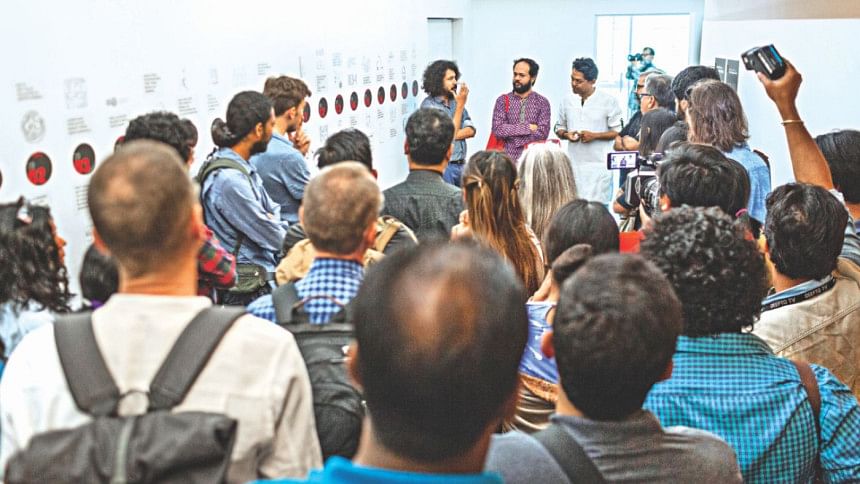
Maliha Mohsin is an independent writer, researcher and community organiser based in Dhaka, Bangladesh









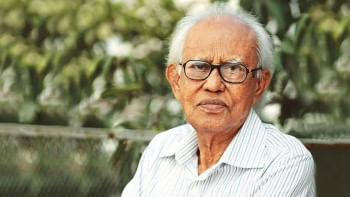
Comments